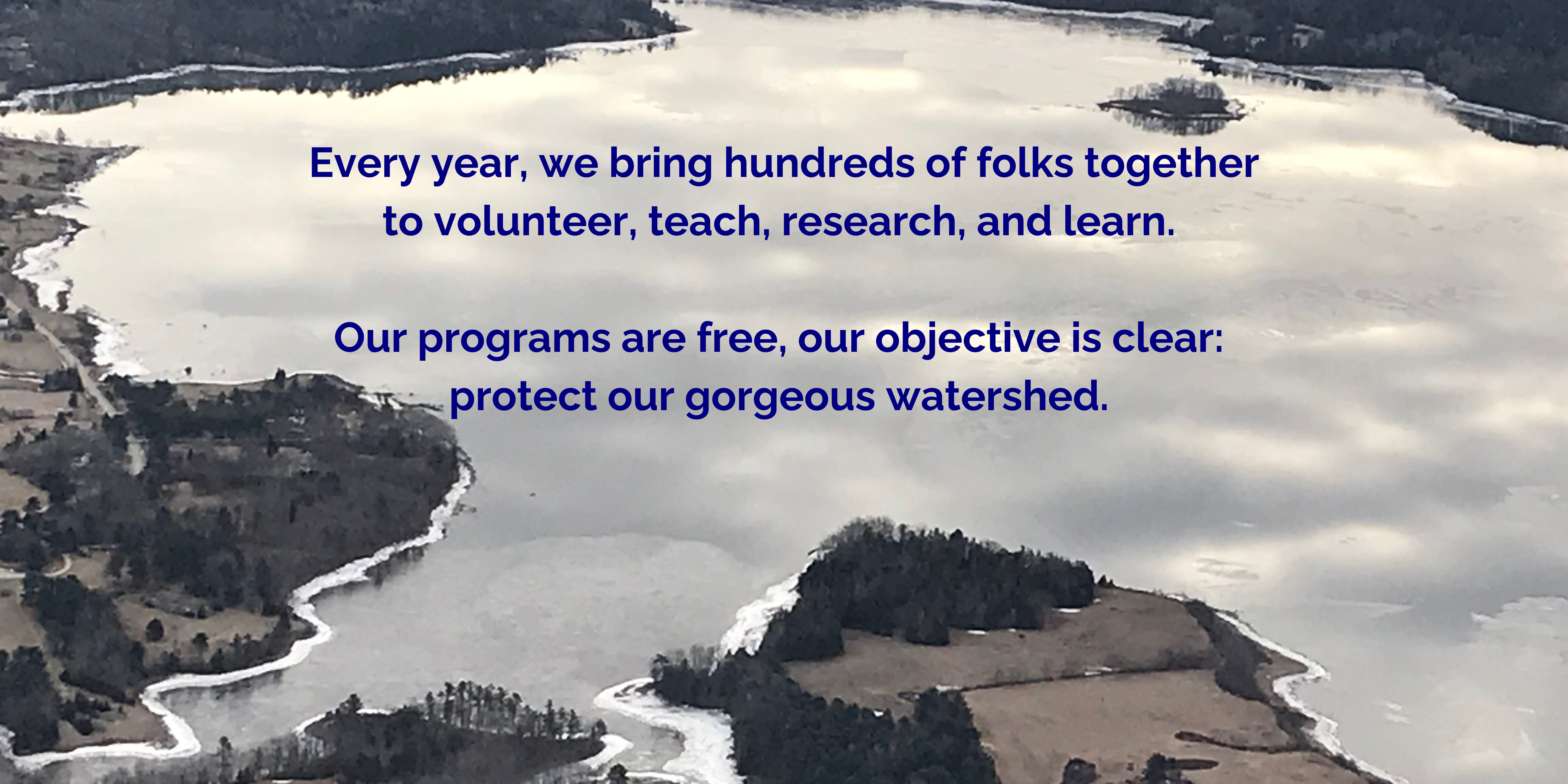BIRDING
WINTER Bird Watching From the Belfast Footbridge resuming winter 2024
with Ron Harrell & Gary Gulezian

Ron and Gary will lead a monthly bird watch on the Belfast Harbor Footbridge at 8:30amon the second of Saturday of each month, from January through March 2024.
They will bring their telescopes to show people whatever birds are in the harbor area and answer questions. Each bird watch will last for about 2 hours, depending on the amount of bird activity present. Bring personal binoculars and dress appropriately for the weather.
There is an amazing variety of birds in Belfast Harbor from mid-September to mid-April. However, winter is the season when the most birds can be seen along seashore areas. This is when the gulls, ducks, loons, and other water birds have finished raising their young and gather along the non-frozen salt water areas where they can find their preferred foods.
The Belfast footbridge is a convenient location to see many of these species especially during low tide, preferably during the first three hours or so of daylight.
Consult the website: www.usharbors.com/harbor/maine/belfast-me for tide information.
Dress in appropriately warm clothing and bring a field guide, note pad, binoculars, and telescope (if you have one). Look for dabbling ducks (Mallard, American Black, Green-winged Teals, etc.) along the shores. In deeper waters, look for divers (Buffleheads, Goldeneyes, Cormorants, Loons, and the like). Look up into the sky keeping an eye out for eagles, hawks, and falcons. Scan the large pipe under the deck of the Rt 1 bridge several times for Peregrine Falcons.
Gulls often rest in large groups along shores or atop buildings, such as McCrum’s. Scan such flocks carefully. Most of the gulls (95+ per cent) will be Herring Gulls, and you will see all four age classes. There will be a small number of Ring-billed Gulls and Great Black-backed Gulls. Once in a while you can find a Glaucous, Iceland, or Lesser Black-backed Gull. Occasionally, the gulls will suddenly all fly up at once. This is your cue to search the skies for a hawk, falcon, or eagle. In the fall, beginning in October, we see Great Blue Herons, primarily on the east shore of the harbor. This is when they migrate south to their overwintering feeding areas. Search the east shore of the harbor carefully for them. They are spread out and camouflaged well. We typically see six or seven, but will occasionally find as many as 12.
A few words about loons. You may find Common Loons in the harbor and in Belfast Bay at any time of the year. Red-throated Loons are seen regularly from about November through March, but not in great numbers. During the summer, Common Loons are found primarily on fresh water ponds, lakes, and rivers where they nest and raise their young. When these areas freeze over, they move to the seashore where they can find food. Sometimes, in the spring, when the ice is delayed in melting from inland lakes and ponds, loons will extend their stay or stay because they are not yet old enough for nesting.

